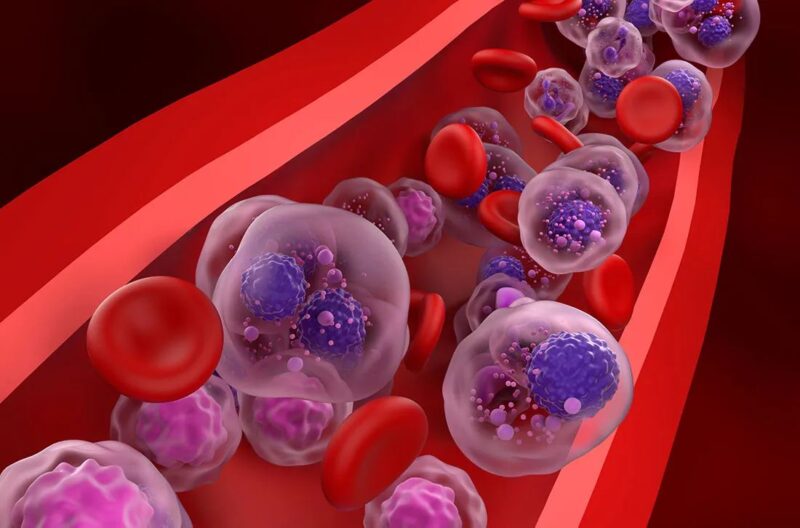Ola Landgren, Leader of Translational and Clinical Oncology Program/Experimental Therapeutics at Sylvester Comprehensive Cancer Center, shared a post by Charlotte Schubert, Science writer, journalist and editor at Schubert Science Communications, on LinkedIn:
“Better definition of biological subtypes of multiple myeloma is critical for the development of precision medicine treatment strategies.
Our latest collaborative study is a great example of high impact team science focused on multiple myeloma: Sylvester Comprehensive Cancer Center, Memorial Sloan Kettering Cancer Center, Mayo Clinic, University of Heidelberg, and University of Würzburg.
The study maps out the timeline of DNA damage for multiple myeloma. Findings from this work may lead to better ways to group patients by the state of their DNA and define new subtypes of disease to predict treatment strategies and outcomes.”
Quoting Charlotte Schubert’s post:
“DNA damage accumulates over time in cancer cells, pushing them to divide, thrive, and strive to take over the body. ‘There is power in the timing’ of DNA damage events, Marcella Kaddoura M.D., told me for this story for Sylvester Comprehensive Cancer Center.
Dr. Kaddoura and her colleagues leveraged a ‘molecular time model’ to show that DNA damage in multiple myeloma initiates decades before diagnosis, among other findings. Their DNA damage timeline may lead to new ways to type disease and predict patient response to treatment.
‘The goal is to optimize clinical outcomes,’ said Sylvester physician-scientist C. Ola Landgren, about the study, published in Nature Genetics.
————–
This is just one study I’ve covered recently during the busy research summer at Sylvester. Others are:
A clinical trial showing efficacy of the targeted drug olutasidenib in high risk patients with myelodysplastic syndrome, led by Justin Watts.
A study showing that the key DNA-binding protein TAF1 acts as a stem cell regulator to control blood development, led by Sylvester director Stephen Nimer.
A new model to study the link between alcohol abuse and pancreatic cancer, led by Nagaraj Nagathihalli․
Research on a mutation linked to colorectal and endometrial cancer that may lead to a new combination therapy, led by Justin Taylor, who also landed the Stanley J. Glaser Foundation Research Award․
A study showing how a new drug enables effective hematopoietic transplantation from partially matched donors. ‘Not only can you now offer every patient a transplant, but you can also optimize other factors when looking for a donor,’ said study author Antonio Jimenez Jimenez․
————–
Sylvester has been keeping other writers occupied too, including:
Emma Yasinski, who reported on a new RNA profiling method, developed by Dr. Ramin Shiekkhatar and colleagues. They deployed the method in the very early embryo to study a key regulator of pluripotency, a versatile stem cell state.
My fellow Seattle-area writer Rachel Tompa, who recently covered a clinical trial of CAR T cell therapy in autoimmune disease. Drs. Damian Green and Lazaros Lekakis just treated their first patient.
As always, thanks to Monica Smith, Sylvester’s executive director of content, for the assignments and feedback!”

More posts featuring C. Ola Landgren on OncoDaily.
